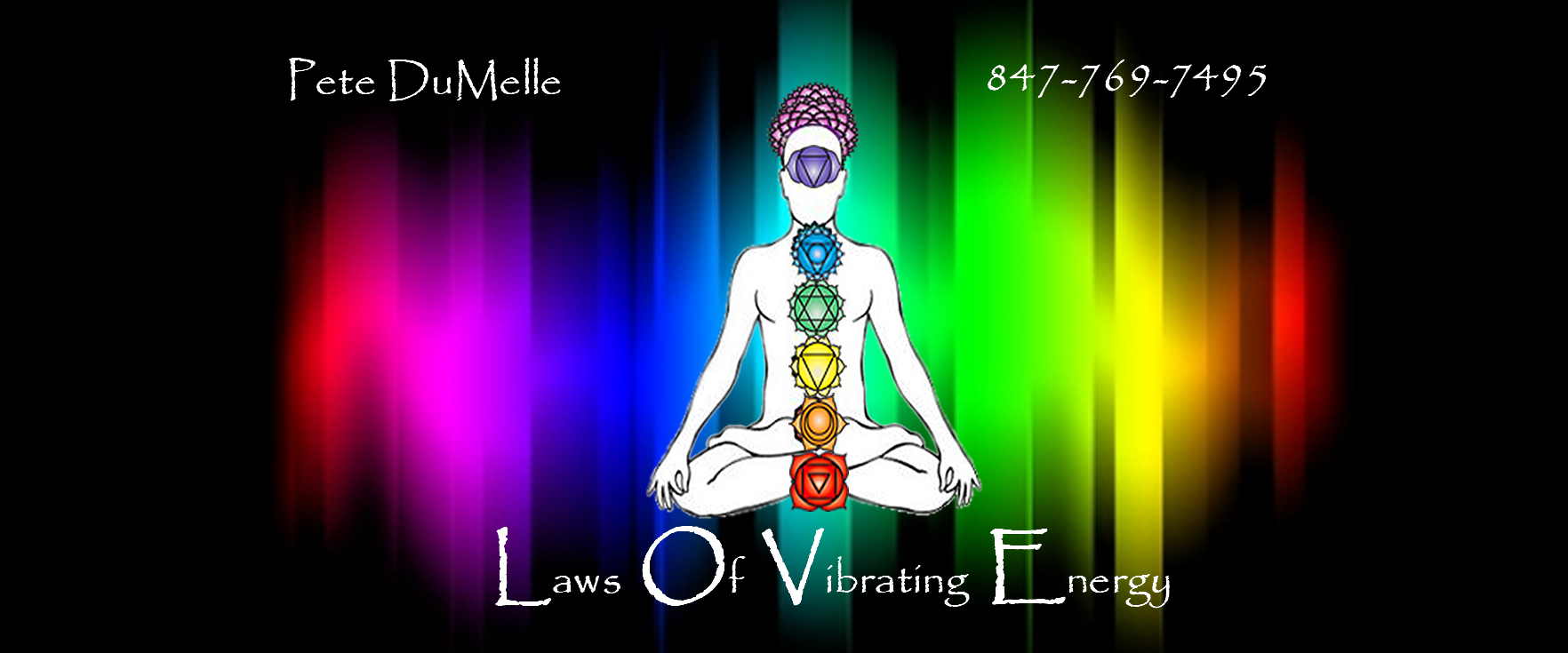IR Light Healing
NASA Space Technology Shines Light on Healing - Release: 00-336 For Release December 18, 2000.
Doctors at the Medical College of Wisconsin in Milwaukee have discovered the healing power of light with the help of technology developed for NASA's Space Shuttle.
Dr. Whelan's NASA-funded research has already seen remarkable results using the light-emitting diodes to promote healing of painful mouth ulcers caused by cancer therapies such as radiation and chemotherapy. The treatment is quick and painless.
"NASA is proud to support a program that helps children with brain cancer -and promises to help even greater numbers of people with technology to accelerate the healing process. The LEDs needed to grow plants in space produced the same wavelengths of light the doctor needed to remove brain tumors," said Ignatius.
In the laboratory, Whelan and his team have shown that skin and muscle cells grown in cultures and exposed to the LED infrared light grow 150 to 200 percent faster than ground control cultures not stimulated by the light. Scientists are trying to learn how cells convert light into energy, and identify which wavelengths of light are most effective at stimulating growth in different kinds of cells.
To expand the wound healing study, Whelan - a commander and diving medical officer in the U.S. Navy reserve assigned to Naval Special Warfare Command (Naval Special Warfare Group TWO) - is working with doctors at Navy Special Warfare Command centers in Norfolk, VA, and San Diego, CA. They reported a 40 percent improvement in patients who had musculoskeletal training injuries treated with the light-emitting diodes.
A wound-healing device was placed on the USS Salt Lake City submarine, and doctors reported 50 percent faster healing of crewmember's lacerations when exposed to the LED light. Injuries treated with the LEDs healed in seven days, while untreated injuries took 14 days.
The LED research project will continue for the next 18 months, with doctors studying 100 patients at two major teaching affiliates of the Medical College of Wisconsin. Researchers will continue to examine the influence of LEDs on cells grown in the laboratory, and will explore the benefits that LEDs might provide to counteract possible cell damage caused by exposure to harmful radiation and weightlessness during long space missions. NASA News, Marshall Space Flight Center News Release 00-336 (12-18-00)
Therapeutic Light - By Chukuka S. Enwemeka, PT, PhD, FACSM
Light is a form of energy that behaves like a wave and also as a stream of particles called photons. Dr Budwig the famous German doctor who was nominated seven times for the Nobel Prize discovered the affinity of the human body with the sun. She found that if the body has the right balance of oils and proteins, it has a magnetic field which attracts the photons in sunlight and thus is open to the healing powers of the sun.
The development of monochromatic light sources with single or a narrow spectra of wavelengths paved the way for studies, which continue to show that appropriate doses and wavelengths of light are therapeutically beneficial in tissue repair and pain control. Evidence indicates that cells absorb photons and transform their energy into adenosine triphosphate (ATP), the form of energy that cells utilize. The resulting ATP is then used to power metabolic processes; synthesize DNA, RNA, proteins, enzymes, and other products needed to repair or regenerate cell components; foster mitosis or cell proliferation; and restore homeostasis. More recent reports include studies that indicate that 77% to 91% of patients respond positively to light therapy when treated thrice weekly over a period of 4 to 5 weeks. Not surprisingly, CTS is one of the first conditions for which the FDA granted approval of low power light therapy.
All infomation taken from http://www.budwigcenter.com/photon-infrared-therapy.php
